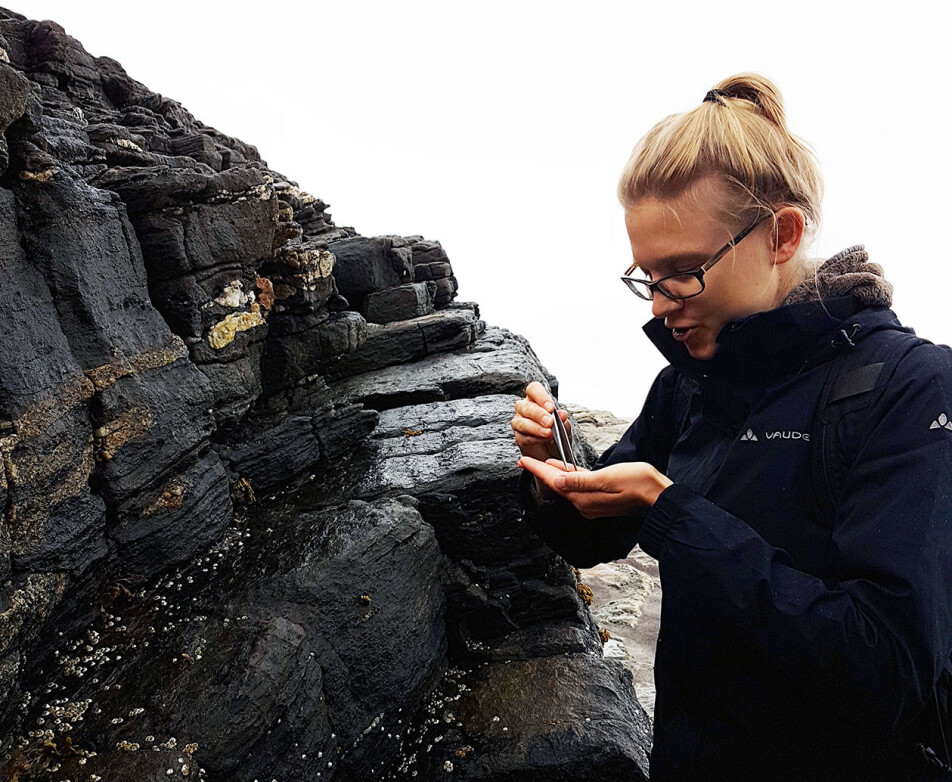This article is produced and financed by Nord University - read more

How do snails tackle extreme changes in temperature?
There are very few species in the ecosystem that are as diverse and adaptable as snails, says biologist.
Scientists have mapped out over 50,000 snail species. Of these, about 500 different species live in the ocean or on beaches.
“There are very few species in the ecosystem that are as diverse and adaptable as snails,” says Anja Marie Westram. She is an evolutionary biologist and researcher at Nord University and the Institute of Science and Technology (IST) in Vienna.
Westram heads an international group of marine biologists and genetic researchers, that study snails (gastropods).

Marine snails adapt
In a new project, the scientists will map out and study the populations of marine beach snails, from warm seawater in Spain and Italy, to colder waters along the coasts of Great Britain, Iceland and Norway and to the Arctic part of Russia.
“The climate is getting warmer and beach snails may tell us how changes in temperature affect genes of species,” Westram says.
The rough Periwinkle snail (Littorina saxatilis) is an expert in local adaptation, according to the researchers.
The researchers study the beach snails that live on rocks, in salt water and on beaches - in all temperatures. The snail genes will be analyzed using powerful computers, so-called gene sequencing.
Both lungs and gills
“Our goal is to understand and explain how populations of snails genetically adapt to the change in temperature in the tidal zone. We hope to contribute to the understanding of how the genes of species adapt to climate change, as is documented by the UN's Intergovernmental Panel on Climate Change (IPCC),” Westram says.
Beach snails live in the tidal zone, where there are extreme fluctuations in temperatures and in the supply of oxygen. The rough Periwinkle snail has developed a lung-like structure in addition to gills in order to survive in this extreme environment.
Snails that live in higher or lower parts of the tidal zone have different physiological adaptations.
The shore snails that live in the higher part of the beach rocks have adapted to higher oxygen levels than the snails at the edge of the water.
“There is still much we do not know about genetic adaptation, despite a lot of new research in this field. In this project, we will thoroughly analyse the genomic data about how the marine snails adapt to temperature. This is important because today's models do not include all of the large and important ecosystems, such as the bustling life between high and low tide,” Westram says.
Good neighbours
The shore snails live in small communities, usually only a few meters apart, but they are still different in both appearance and size. There is a lot of genetic variation.
“Because of this large genetic variation and the differences in adaptation on small geographical scales, L. saxatilis is also a good system to study how populations become more and more different and maybe eventually evolve into completely different species,” Westram says.

“We know that local adaptation involves genetic adaptation to local conditions, but we do not know much about how new barriers for reproduction limit the flow of genes in and between the shore snail populations. The point is that the process changes the genetic landscape and thus also the diversity of species ,” Westram says.
Translated by Helen Hillevi Ruud































